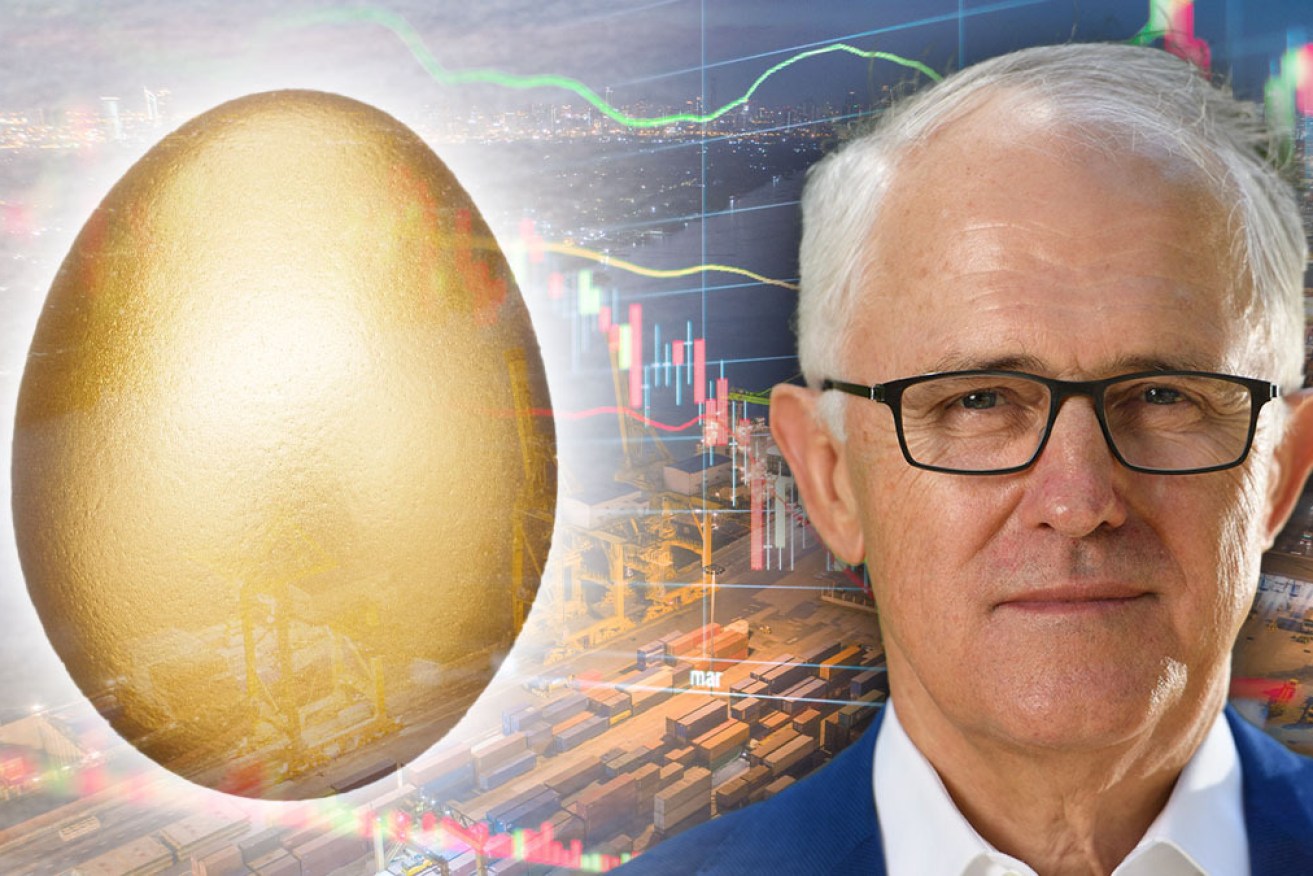Malcolm Turnbull backs superannuation increase as research shows it will lift wages


Malcolm Turnbull wants super invested in industry not housing. Photo: TND
Increasing the superannuation guarantee (SG) to 12 per cent by 2025 would boost the economy by $12 billion and boost employment and wages over time, according to new research commissioned by Industry Super Australia.
Former prime minister Malcolm Turnbull hit out at a range of Coalition MPs, including Andrew Bragg, Tim Wilson and Jason Falinski, who had called for the SG to be capped and for superannuation to be made accessible for housing deposits.
There was “resentment among some quarters of the Coalition of industry super because it’s seen as being too close to the unions,” Mr Turnbull said, as he launched the research from ACIL Allen with Industry Super Australia chair Greg Combet.
“But if we cut to the chase, politicians and public servants have 15.4 per cent super contributions that were determined a long time ago because it was felt that that was an appropriate level to provide sufficient savings for retirement.”
It was therefore “somewhat patronising for people who benefit from 15.4 per cent to say working people should settle for 9.5 per cent,” Mr Turnbull said.
He acknowledged that the Coalition MPs pushing for a super cap were “former colleagues for whom I have respect and affection but that doesn’t mean they’re always right”.
Accessing superannuation for housing “is one of the craziest ideas ever,” Mr Turnbull said.
It’s not super or wages
The research challenged the view that a rising SG would cut wages over the long term, meaning workers would have to choose between higher wages now or spending more decades into the future in retirement.
Mr Combet told the launch “increasing the super guarantee rate would boost our economy by $12 billion by 2040 creating 10,000 jobs in the process”.
That would occur through extra investment created by the boost to superannuation savings of $9.4 billion by 2040 if the SG rises go ahead as scheduled.
Legislation which has passed Parliament will see the SG rise from its current rate of 9.5 per cent to 12 per cent in 0.5-percentage-point annual increments until July 2025.
However, Treasurer Josh Frydenberg has recently admitted that he and PM Scott Morrison were considering blocking those rises because of the pandemic’s hit to the economy.
Mr Combet said claims that a rise in the SG would come out of wages had been proved wrong by the research and that stagnant wages growth in recent years had not been influenced by super increases.
“The super guarantee has only risen 0.5 per cent since 2002 – that’s 19 years ago – and yet by the nature of the conversation we’ve been having you’d think it was going up every year,” Mr Combet said.
A narrow view
Research by the Grattan Institute and the Retirement Income Review which suggested between 70 per cent and 100 per cent of super increases come out of wages was “narrowly focused and short term”, Mr Combet said.
Once the effects of increased investment by the super funds was added in, the SG rises “will lead to more jobs, higher wages and higher real income for Australians,” Mr Combet said.
SG rises would have some negative effect on wages but would ultimately push them higher.
“Apart from a very small and short-lived deficit there is no tradeoff between higher super contributions and higher wages,” Mr Combet said.
“In fact it will lead to higher real wages because of more capital accumulation and a bigger economy.”
This increase in real wages would be seen by 2025 and “until then the dip is 34 cents a week and we reckon we can handle that,” Mr Combet said.
Just how big a boost the economy gets from SG rises depends on how much of the money is invested in Australia. The assumption that ACIL Allen makes is that 82 per cent of any addition to superannuation would be spent in the local economy because currently 82 per cent of super assets are held in Australian assets.
“This proportion has been trending down over the decades from 92 per cent in the early 1990s,” the research found.
However, there was a danger that a larger part of the SG payments could flow offshore given that the 82 per cent figure the research uses is historical, built on the past 30 years of investment.
As the above chart from Chant West shows, the average balanced fund, where most Australians invest their retirement savings, has 28.8 per cent of its holdings in foreign shares, and there would be foreign bond and infrastructure holdings as well.
SuperRatings executive director Kirby Rappell said, “I suspect the overall foreign allocation in a balanced fund might be as much as 50 per cent”.
However, that foreign investment would not be barred from the local markets indefinitely. “It comes flowing back as dividends and the like which boost the local economy,” said independent economist Saul Eslake.
Even funds flowing into the local economy would not necessarily boost productive investment.
“If the money just flows into the sharemarket and pushes up the price of financial assets, we don’t gain much,” said Peter Brain, principal with the National Institute of Economic and Industry Research.
“At this point in the cycle we need the government to spend more or direct money into major projects.”
The New Daily is owned by Industry Super Holdings











